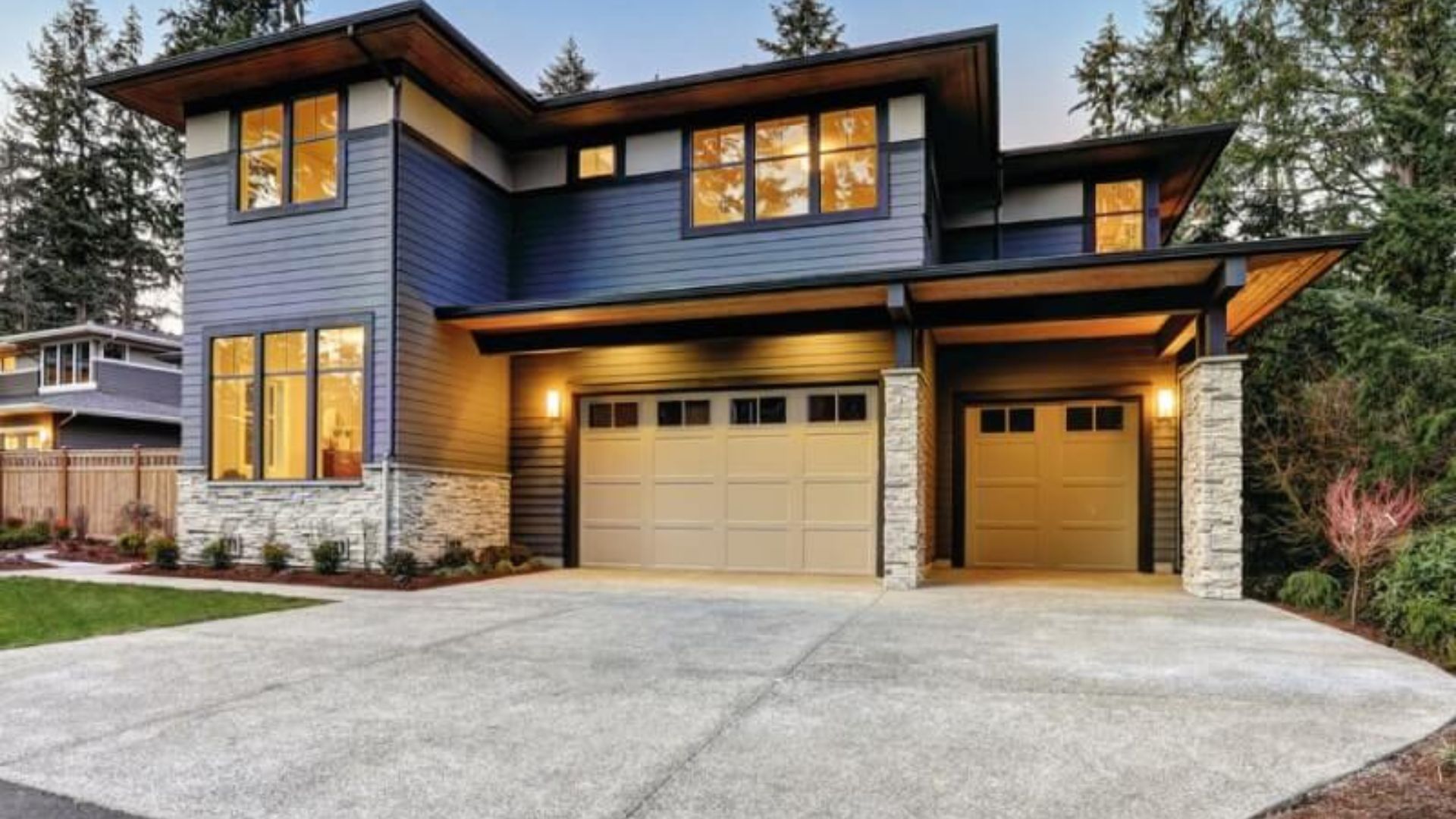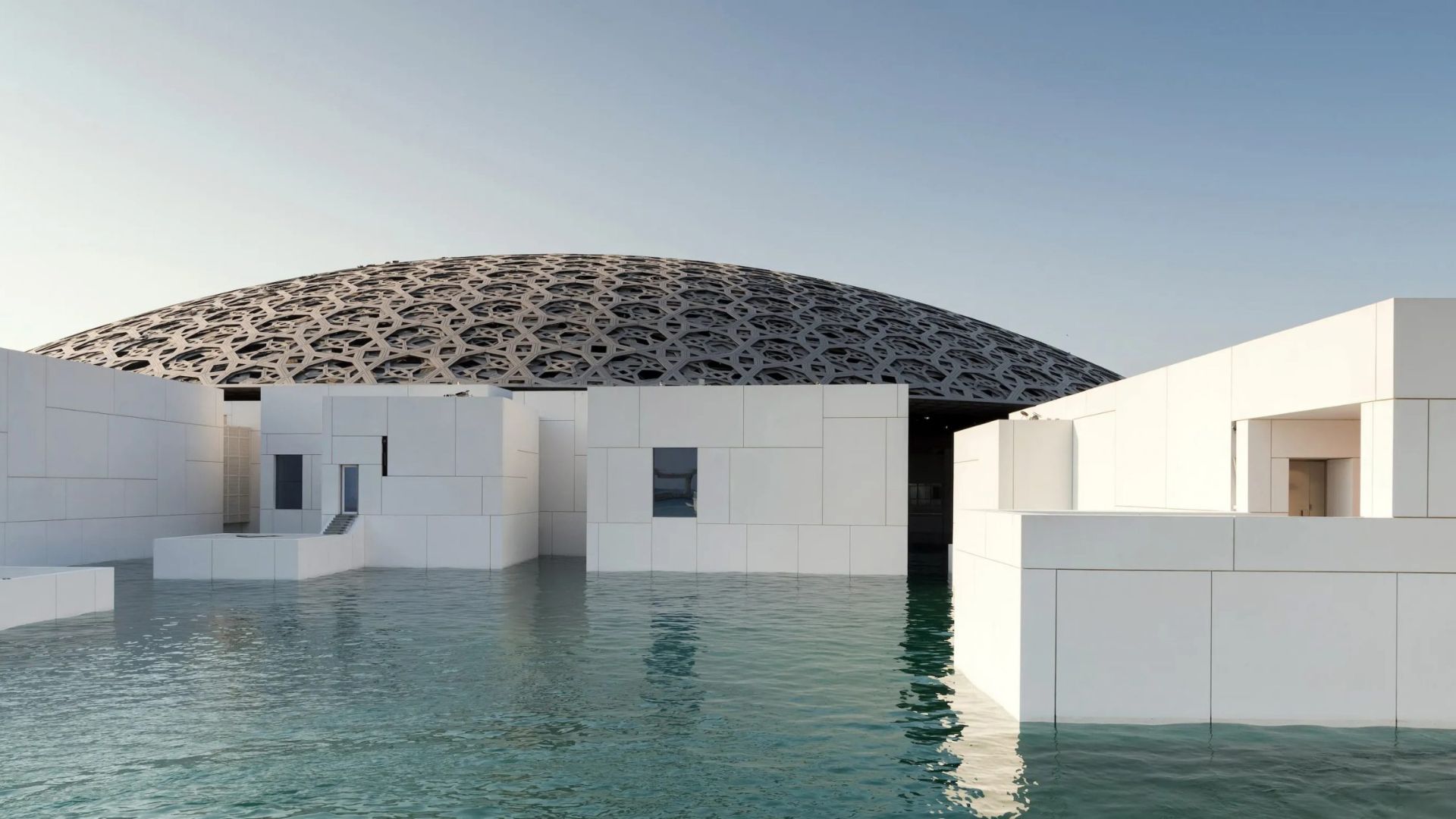Modern architecture, originating in the early 20th century, transformed the approach to designing and constructing buildings. It challenged traditional styles, embracing a new approach that emphasized functionality, clean lines, and a daring exploration of materials and techniques. The result? Breathtaking structures that continue to inspire architects and capture the imagination even today. But what exactly defines modern architecture? Let’s look into the key characteristics of modern architecture.

The Key Characteristics of Modern Architecture
Form Follows Function
To begin with, the key characteristics of modern architecture’s foundational principle emphasize designing buildings based on their intended purpose. Modern architects prioritized practical needs, ensuring the form (shape and design) of the building directly served its function. This resulted in efficient layouts, open floor plans, and the elimination of unnecessary ornamentation.
Embracing Simplicity
Modern architecture championed the concept of “less is more.” Gone were the elaborate decorations and intricate details of traditional styles. Modern buildings showcase clean lines, geometric shapes, and uncluttered facades. Furthermore, this focus on simplicity creates a sense of elegance and allows the overall form of the building to be centre stage.
The Rise of New Materials
The 20th century saw advancements in building materials like steel, concrete, and glass. Modern architects embraced these innovations, utilizing them to create structures that were not only functional but also visually striking. Steel frames allowed for taller buildings with expansive windows, while concrete enabled the construction of bold, curved shapes that were previously impossible.
A Connection with Nature
Furthermore, modern architects sought to blur the lines between the interior and exterior spaces. Also, large windows, open floor plans, and the use of natural materials like wood and stone brought the outdoors in. This connection with nature fostered a sense of tranquillity and well-being within the built environment.
Experimentation and Innovation
Modern architecture was not a rigid style, but rather a movement that encouraged exploration and innovation. Architects experimented with new forms, materials, and construction techniques. This spirit of innovation led to the creation of iconic landmarks that continue to push the boundaries of design.
Integration with the Environment
Additionally, modern architects acknowledged the importance of considering the surrounding environment when designing a building. They strived for harmony between the structure and its location, taking into account factors like sunlight, wind patterns, and existing landscapes.
Beyond the Basics: Sub-Styles of Modern Architecture
Moreover, modern architecture is a broad movement with various sub-styles that emerged over time. Here are a few notable examples:
International Style
This sub-style emphasized simplicity, functionality, and the use of modern materials like glass and steel. Additionally, it aimed for a universal style that transcended cultural boundaries.
Bauhaus
This German art school heavily influenced modern architecture. The Bauhaus style focused on a fusion of functionality, aesthetics, and mass production.
Art Deco
Finally, Art Deco incorporated geometric shapes colours colours, and luxurious materials like chrome and marble. This sub-style embraced the glamour and modernity of the 1920s and 1930s.
Conclusion
In conclusion, modern architecture continues to influence contemporary design. Additionally, modern architecture is defined by its clean lines, minimalist aesthetics, integration of technology, emphasis on functionality, and flexibility of design. By embracing innovation, sustainability, and a deep understanding of human needs, modern architects continue to shape the built environment and inspire future generations of designers. The principles of functionality, clean lines, and innovative materials remain relevant today. Moreover, from towering skyscrapers to minimalist homes, the impact of modern architecture is undeniable. Additionally, the next time you admire a sleek office building or a home with expansive windows, remember the legacy of the modern architecture movement, a movement that dared to challenge the norm and redefine the way we build our world.

